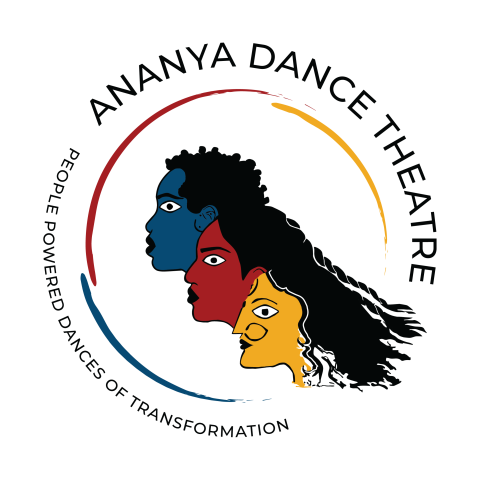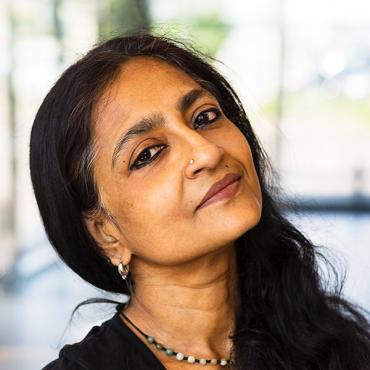


Ananya Dance Theatre creates original contemporary dance theater at the intersection of artistic excellence and social justice. Their work strives to dismantle hierarchies and to build liberation, inspired by the lives and dreams of BIPOC women and femmes around the globe.
Founded in 2005, and led by choreographer Ananya Chatterjea, Ananya Dance Theatre’s (ADT) community-based artistry unfolds through Yorchhā™, their devised contemporary dance language that reweaves techniques of traditional Odissi, the martial art Chhau, and Vinyasa Yoga in choreographic conversations that evoke feminine power and celebrate a feminist aesthetic. The alchemy created when Yorchhā™ meets their creative methodology of Shawngrām™ (“resistance” in Bangla) generates social justice choreography. Ananya Dance Theatre’s practice includes:
- devised concert stage productions
- workshops, classes, and dialogues with people from refugee, immigrant, Indigenous, Black, and of color communities, with a particular focus on building solidarities and healing
- participatory performances that invite audiences to embody possibilities of moving together, negotiating space, finding rhythm, and sharing humanity with people they might not know
With these three streams, Ananya Dance Theatre grows deep local roots with wide-reaching branches.
Jerome Foundation supports Ananya Dance Theatre’s NextGen Choreolab program. Six early career Minnesota-based BIPOC choreographers are selected by three local BIPOC curator-mentors—on a two-year cycle—to participate in NextGen Choreolab. Choreographers are invited to begin an entirely new work, with a stipend and 20 hours of free rehearsal space each at the Shawngrām Institute for Performance & Social Justice in Saint Paul. The program moves beyond Western concert dance curricula, and shares a compositional toolkit and nurtures sensibilities around coherent abstract structuring of movement. Participants receive a free intensive workshop on building one’s own process for creation; scheduled one-on-one time with curator-mentors to focus on individual creative process, goals, and communication; two “in progress” showings for mentors and cohort members; a final performance by the cohort for an invited audience; and video documentation of that presentation.
